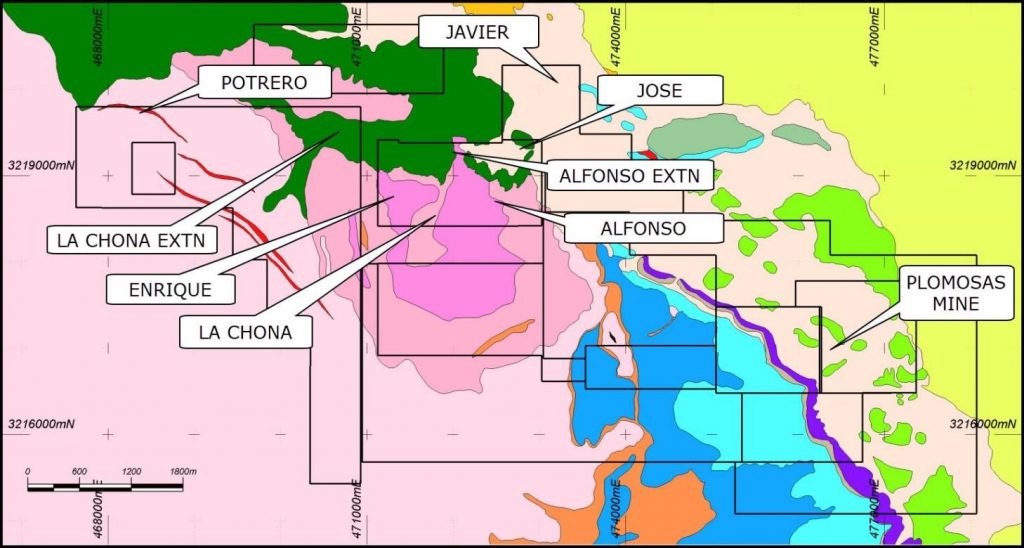- Mapping has identified additional mineralised structures to the north of La Chona and Enrique Vein Systems, related to large structural lineaments.
- Highlighted rock chip results from the La Chona and Enrique areas include 6.21 g/t Au, 4.75 g/t Au and 3.39% Cu, 3.32g/t Au, 2.32 g/t Au and 1.45 g/t Au
- Reconnaissance mapping and soil and channel sampling confirm gold is widespread in the system within the 100% owned Plomosas concessions.
Consolidated Zinc Limited (CZL:ASX) is pleased to present the following update on the regional exploration progress, to the northwest of the Plomosas mine and within the Company’s 100% owned project concessions. Additional work has confirmed the widespread occurrence of gold and enhanced previous results announced in the ASX release of 30 January 2020.
The prospect areas to the northwest of Plomosas are prospective for gold as the area has undergone structural brittle deformation resulting in auriferous quartz, hematite veins containing variable copper mineralisation and related alteration occurring during deformation. The confirmed presence of intrusive granite to the north may be the driver for any potential mineralisation occurrence in the Don Lucas concession, which includes the La Chona-Enrique trend.
Several prospective locations have been identified from the regional work and are shown in Figure 1
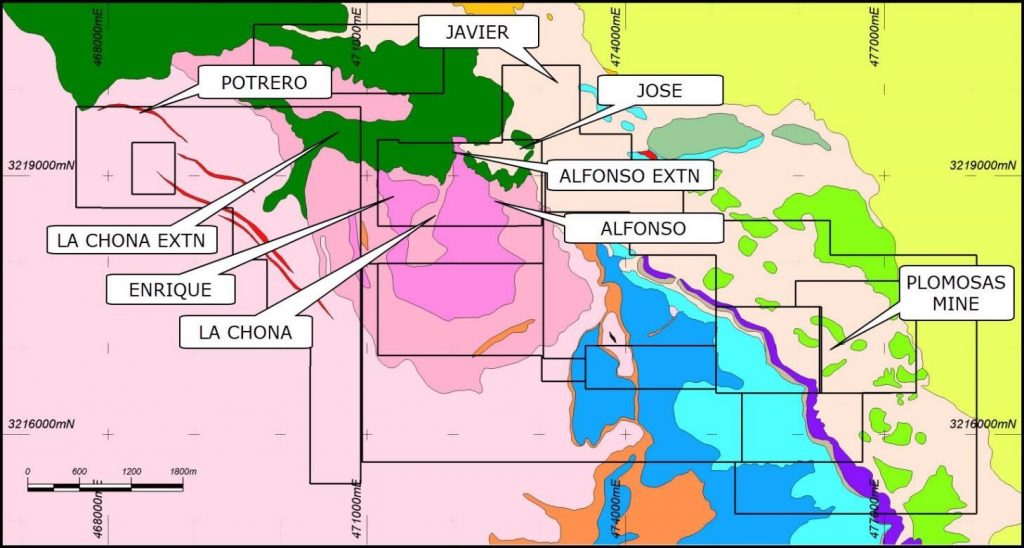
The exploration work completed in the north of the concessions was to confirm previous assay results, ground truth interpreted structures and understand the geological setting for any gold mineralised systems. The work was completed to expand on the known data and discover additional structures that may be host to gold mineralisation. Reconnaissance samples taken comprised rock chips from shallow channels across narrow veins. The grades are reflective of a mineralised system with the higher results encountered suggestive of a highgrade component that warrants a more systematic and detailed exploration assessment. The number of shallow historical pits in the area support this view of the potential. Channel sampling across narrow high-grade veins will have diluted the final assay result, as mineralisation appears to be confined to the structures, with minimal pervasive alteration/mineralisation occurring in the host rock. Further work is required to understand the occurrence of mineralisation. Significant assays that were returned from this campaign of exploration are shown in Table 1. Summarised results of gold, silver and copper are provided in Table 2.
Table 1: Significant rock chip results from the regional program

La Chona-Enrique: Is located approximately 5km to the west-northwest of the Plomosas Mine and within the Don Lucas Concessions area. Hosted in Palaeozoic Limestone, the structures are typically around 20-30cm in thickness however, previous reports have noted veins up to 1.2 metres thick, with a visual structure strike extent of around 1.5km. Veins are granular, containing quartz, carbonate and hematite as gangue to malachite at around 3%. Zonation in the veins show a malachite centre with hematite rims and edges.
Enrique veins display high temperature characteristics with banded quartz and displays a brecciated/sheared footwall contact. Subangular breccia clasts from 0.5 to 2 cm are noted along with quartz-calcite with minor disseminated pyrite as the matrix. Previous work in the area includes a series of shallow pits lined up over a length of 450m along the structure.
Exploration has proven that the two areas of La Chona and Enrique that are located approximately 420m apart, occur on similar structures that maybe offset by north-eastern faults. To the north of the La Chona-Enrique trend, several additional sub-parallel north-westerly trending structures have been identified comprising quartz veining with hematite and copper mineralisation.
Rock chip samples from outcrops returned exciting results of 6.21g/t Au (sample 26260), 4.75g/t Au, 3.39% Cu (sample 26262), 3.32g/t Au, (26264), 2.32g/t Au (26214) and 1.45g/t Au, 0.64% Cu as shown in Figure 2.
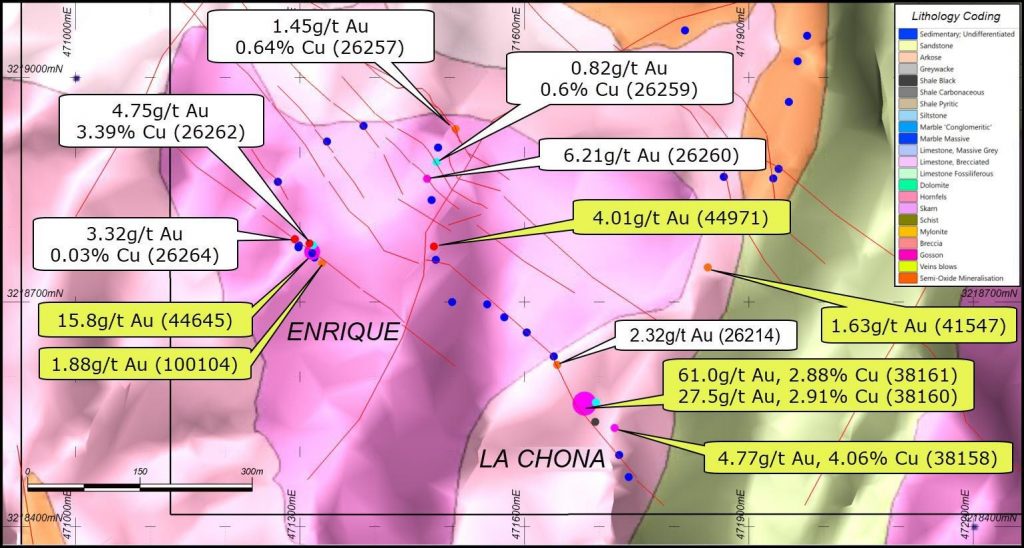
Previous high-grade results may represent plunging gold shoots which are formed at the intersection of structures along the main La Chona Enrique trend.
Alfonso: Hosted in Paleozoic Limestone and in the basement sequence of the Plomosas Formation, the structures are typically around 20-50cm in thickness, with a visual structure strike extent of around 900 m.
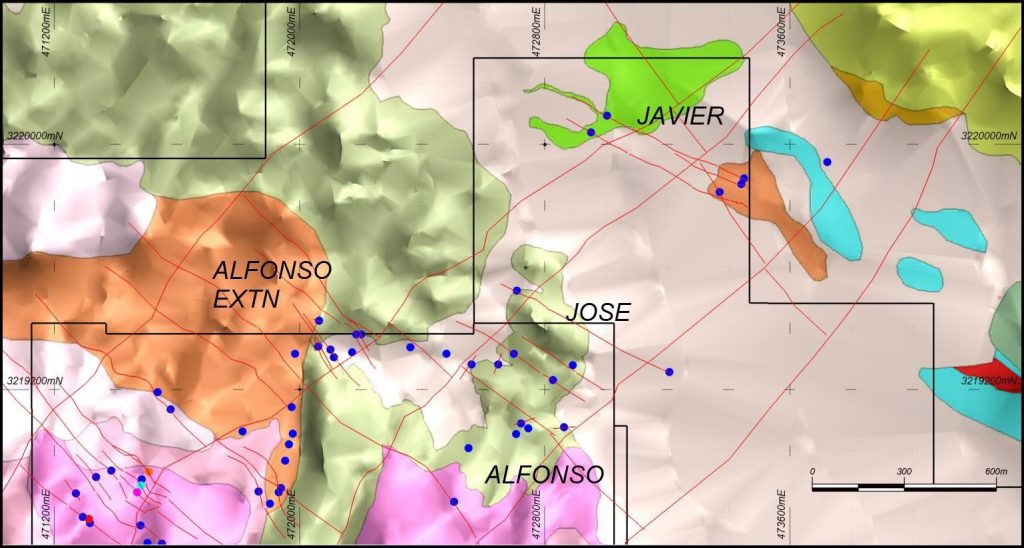
The south-eastern section has previous workings with the discovery of a two metre by two metre by 10 metre deep shaft from around the 1970’s. The shaft was targeting a thrust structure containing quartz, carbonate and hematite as gangue.
The north-western section also shows evidence of previous mining activities with the presence of an old working area, targeting a structure with 0.05 metre vein with chalcedonic quartz.
Rock chips from this new area have returned with no significant result. Channel sampling over a one metre interval may have diluted any significant results from this area. This area has been downgraded and no further work is planned at this time.
José and Javier: This area is hosted in the upper section of the Plomosas Sequence, which is described as sandstone-breccias. The structures are typically around 2-10cm in thickness, with a visual structural strike extent of around 300 metres, striking to the northwest. The south-eastern area is defined by quartz-calcite veins related to shear structures and dilational infills. Propylitic alteration is noted, mostly chlorite-pyrite as selvages.
Rock chips for this area returned no significant results, with no further work planned for these areas.
Conclusion and Further Work
The La Chona-Enrique mineralised trend occur on a defined lineament that is cut by several north- westerly trending structures. These structures may host gold shoots that are high grade, steep in orientation and the tonnage potential needs to be investigated. The gold results obtained in the recent program are located in quartz veining along tight constrained structures. Dilational zones such as those occurring in the intersection of structures (similar to that occurring at La Chona) are likely to host the higher grade mineralisation.
Results from this program are encouraging and further exploration is planned to develop the interpretation of the mineralised systems. The discovery of additional mineralised systems to the northeast and parallel to the La Chona-Enrique trend opens up the area and warrants further exploration to identify high grade shoots. The future exploration work will define all targets to the extent required to identify the highest priority targets to be drilled for resource definition and then studies to assess the commercial viability of the gold for exploitation.
Exploration will continue to focus on the La Chona-Enrique system and along the extensions that occur in the northwest. It appears that the La Chona-Enrique system may widen to the northwest and follow up exploration will test on-strike extensions.
The Potrero project (Figures 1 and 4) will also be assessed in the next exploration campaign. CZL are currently establishing contact with landholders to discuss access for exploration within the Don Sebastian Concession as well as landowners to the immediate north of the Concession area.
The Potrero project is considered highly prospective and a high priority due to the presence of intrusive felsics and highly deformed host rocks, along with coincident high-grade results from historic workings which returned values up to 14.65g/t Au (previously announced on 30 January 2020).
Exploration will be focussed on the +3km strike length of exposed felsic intrusives in this area as shown in Figure 4.
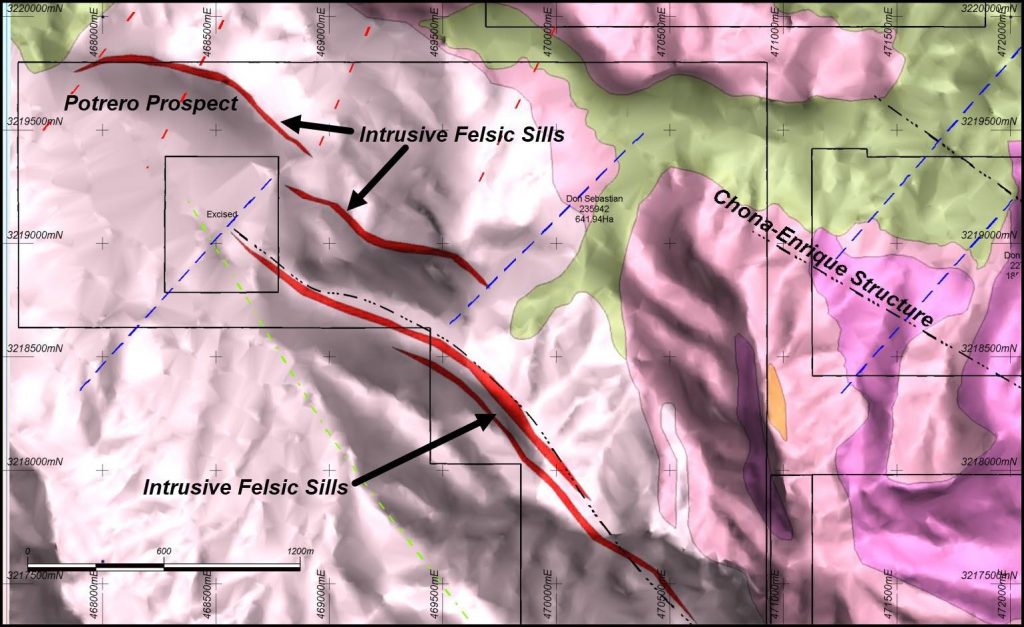
Table 2: Table showing all results from the regional mapping program
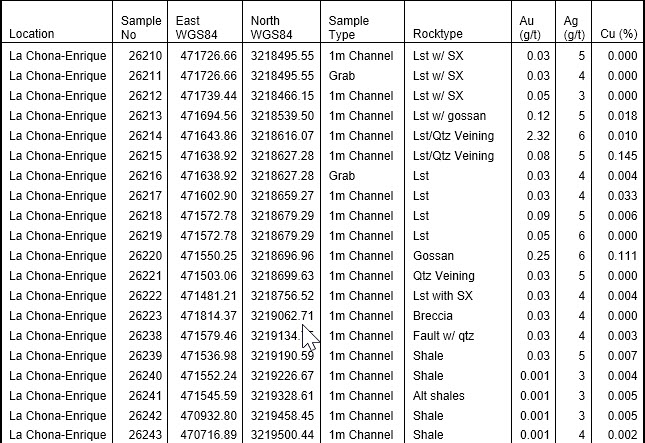
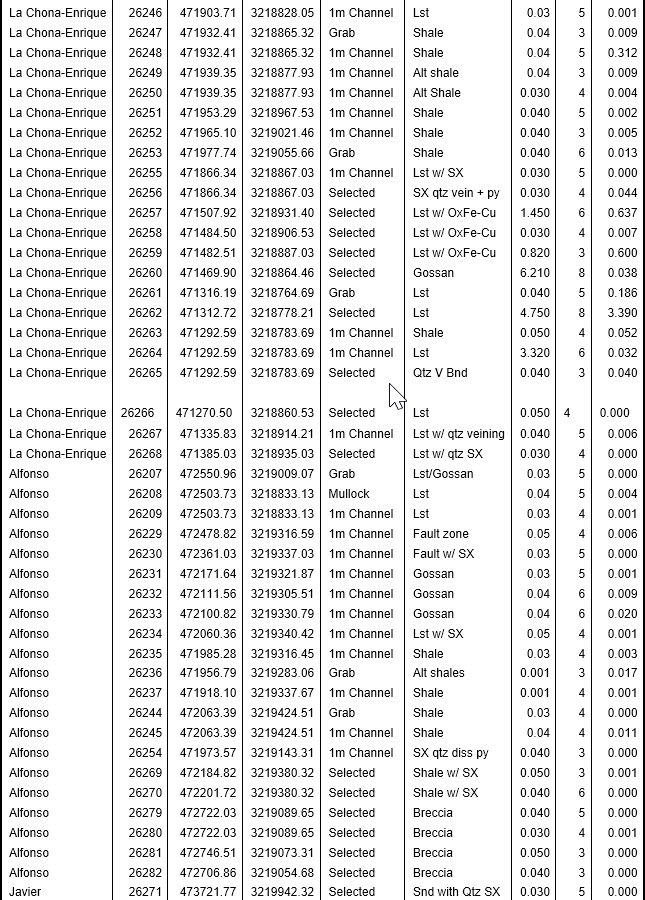
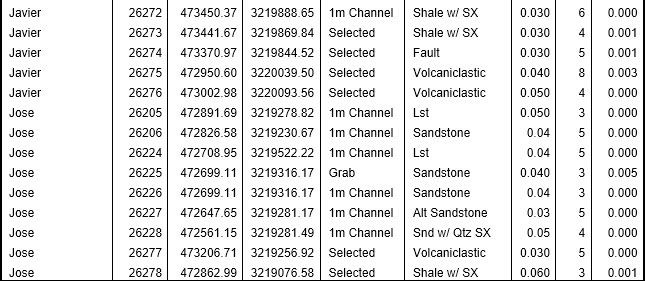
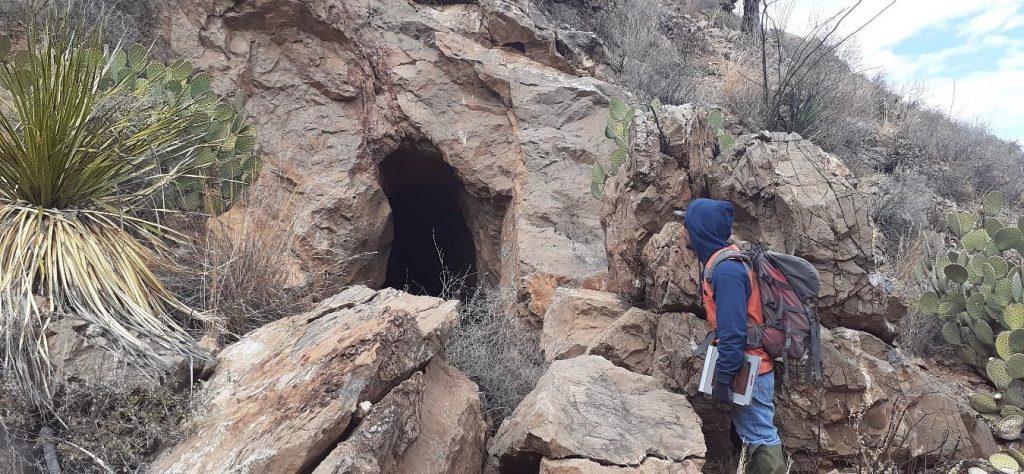
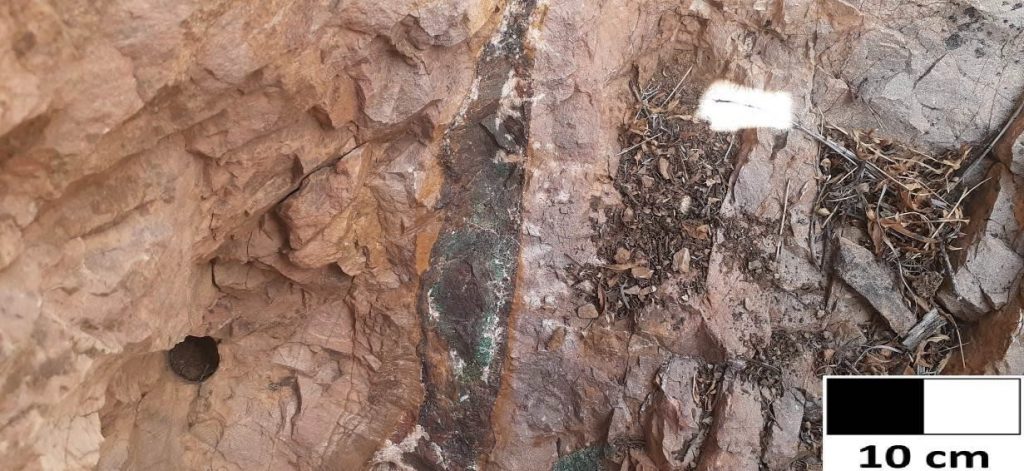
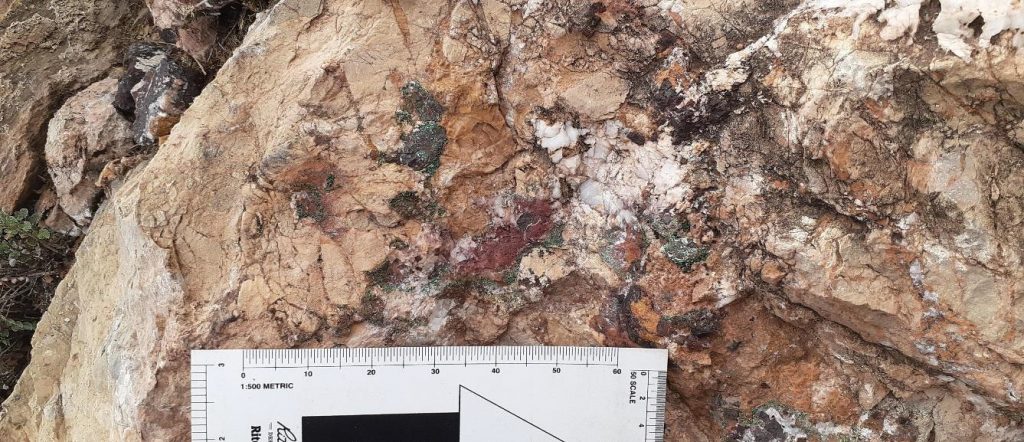
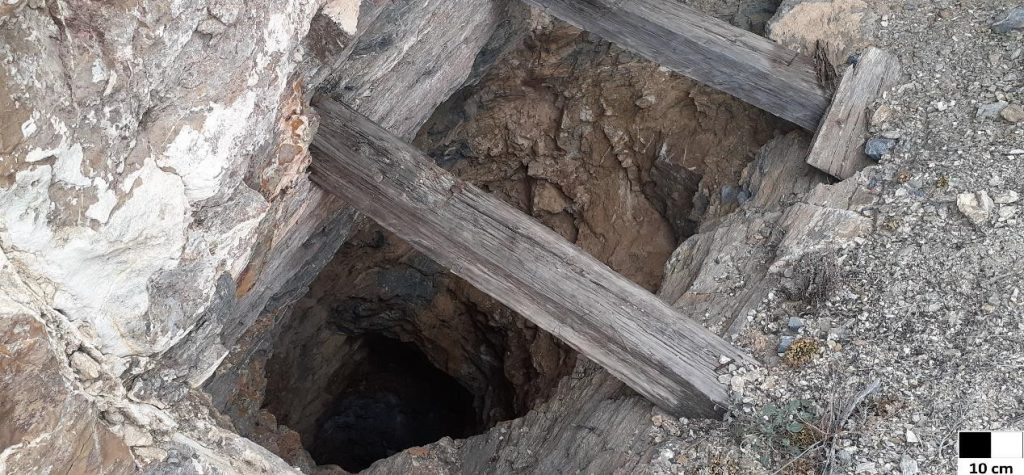
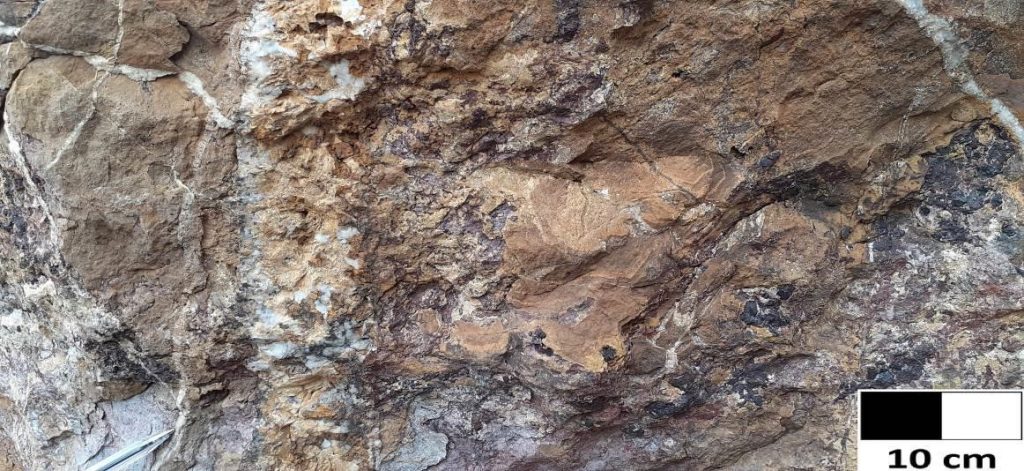
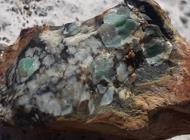
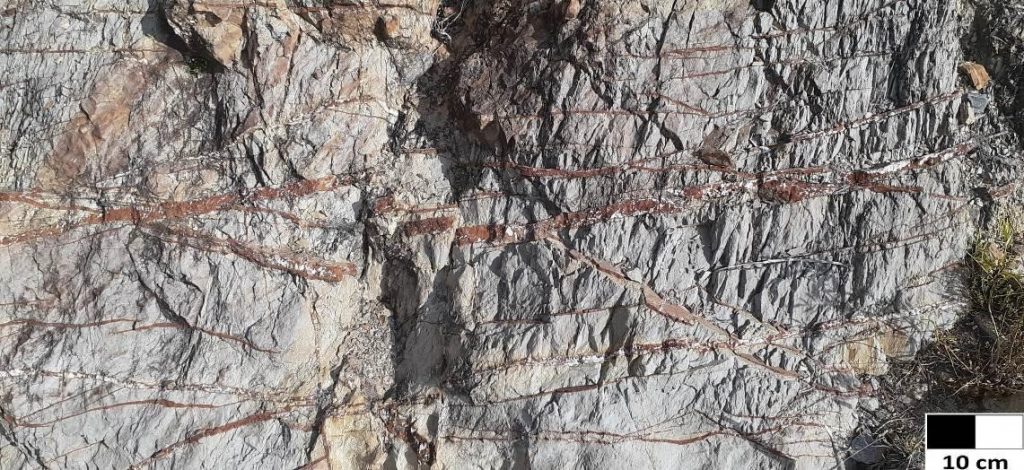
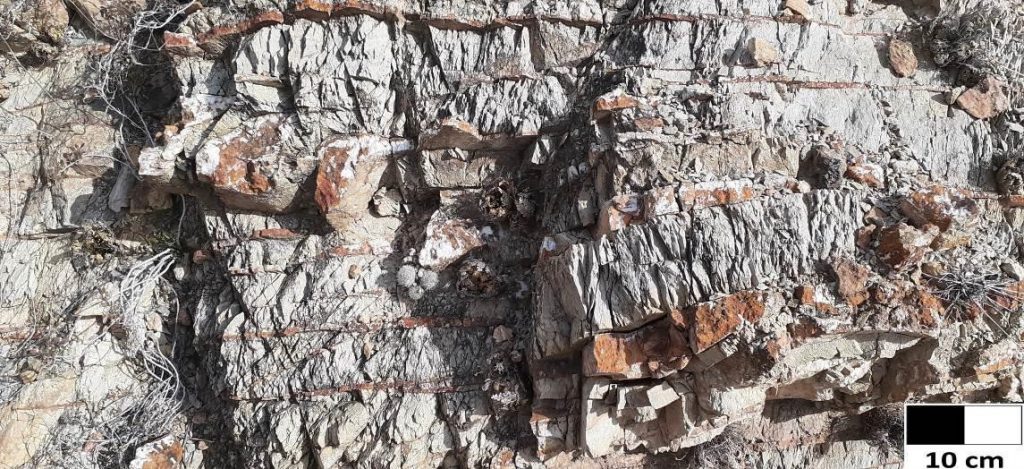
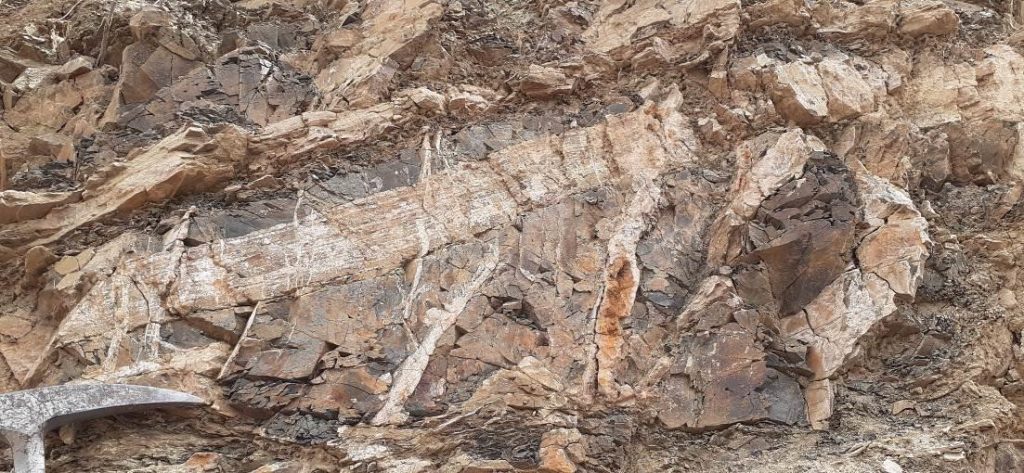
This announcement was authorised for issue to the ASX by the Directors of the Company. For further information please contact:
Brad Marwood
Managing Director
08 9322 3406
ABOUT CONSOLIDATED ZINC
Consolidated Zinc Limited (ASX: CZL) owns 100% of the historic Plomosas Mine, located 120km from Chihuahua City, Chihuahua State, Mexico. Chihuahua State has a strong mining sector with other large base and precious metal projects in operation within the state. Historical mining at Plomosas between 1945 and 1974 extracted over 2 million tonnes of ore grading 22% Zn+Pb and over 80g/t Ag. Only small-scale mining continued to the present day and the mineralised zones remain open at depth and along strike.
The company has commenced mining at Plomosas and is committed to exploit the potential of the high-grade Zinc, Lead and Silver Mineral Resource through the identification, exploration and exploitation of new zones of mineralisation within and adjacent to the known mineralisation with a view to identify new mineral resources that are exploitable.
Competent Persons’ Statement
The information in this report that relates to exploration results, data collection and geological interpretation is based on information compiled by Steve Boda BSc (Hons), MAIG, MGSA, MSEG Mr. Boda is a Member of the Australian Institute of Geoscientists (AIG). Mr. Boda has sufficient experience that is relevant to the style of mineralisation and type of deposit under consideration and to the activity that is being undertaken to qualify as Competent Person as defined in the 2012 edition of the ‘Australasian Code for Reporting of Exploration Results, Minerals Resources and Ore Reserves’ (JORC Code). Mr. Boda consents to the inclusion in the report of the matters based on their information in the form and context in which it appears.
Original Article: https://www.consolidatedzinc.com.au/wp-content/uploads/2020/04/20200423-Regional-Results-and-Exploration-Gold-ASX-LODGEMENT-FINAL.pdf
